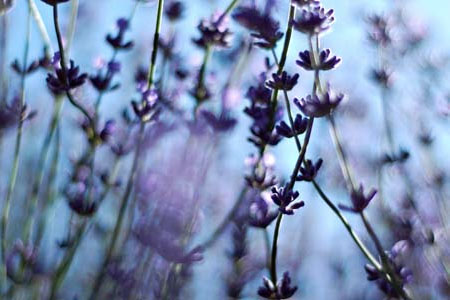in which i try to explain
i’ve fumbled through a few attempts to explain how i take my nearsighted photos via email so i decided it was time to fumble through an explanation on my blog. i will apologize in advance for the fuzziness of the explanation. (though perhaps fuzzy photos deserve a fuzzy explanation.)
for starters:
i use my 50mm lens and set the focus as close as possible.
i put the camera in aperture mode and open the lens as wide as possible (mine goes to f/1.8).
the fuzziness (of the explanation) comes in because i find it hard to break what i am doing down into steps that you can follow. this is mostly because what i am really doing is playing, but i’ve been playing for long enough now that i have a pretty good idea of what will work and how to get the results i want.
here are the general rules i follow:
i don’t look through the lens to take the photos. i insert the camera into the scene and snap and occasionally glance at the photos to make sure the background is close to how i envisioned. i don’t look through the lens because it gives me a lot more freedom to play with angles and motion and it’s easier to shoot up into scenes. (plus, it saves me from having to spend a lot of time lying on the very wet and muddy ground in potentially awkward places while attached to a very large and strong dog who does not stand still. you may not have these problems.)
i put the camera too close to the subject(s) so that if anything is in focus, it is not where you’d expect it to be.
i tend to point the camera up through the scene toward the sky. if it is sunny, i either shoot directly into the sun or have the sun just off to the side of the lens. pointing the camera up through the scene toward a colored wall or a car or an umbrella is also fun. if that doesn’t work, i point the camera into the scene.
i will occasionally move the camera at the same time i take the photo (usually a little bit to the right or left).
so far, this seems to work best with things like flowers and grasses and weeds and blossoms and berries.
ok, does this make any sense at all or did i totally confuse you?
- Filed under
- a nearsighted perspective, tips and tricks





hhhmmm…so that’s how she does it??!! ;o) Still sifting and slightly bemused, but I think I get it! You take the best photos, Elizabeth. And I’ve long wondered how you get these fantastic shots that have such natural presence and emotion too. Thanks for this great tutorial! I will have to get my bigger, better camera out and play… Happy Weekend ((HUGS))
the 50mm is my favorite lens!
I would say you shoot with a very short depth of field.
no fuzz on the fuzziness.
*laughing uproariously*
I misinterpreted your opening sentence and was expecting that you somehow used email to take your fuzzy pictures. I made it all the way through to the end (understanding, at least in general terms, your “fuzzy” explanation) before I realized that email was the means of your earlier explanations, not the tool for taking the pictures.
But I was really curious about how you used email to take pictures of any kind!
Happy Friday!
i think it makes sense:)
p.s. love the photo!
@jerry: that + play is the essence of it, yes!
so maybe it would be easier to say:
a) use a very short depth of field.
b) play.
Just popping by from Tracy’s blog to see what ‘the other Elizabeth’ is up to –and so thrilled to find your super blog!
Pictures galore and Atlas too.
Your photographs are very lovely indeed.
Greetings from New York!
i have been on ‘blog reading break’ and maybe the reason i am *most happy* to be back is your photos. you have such talent (talent for fuzz) and share beauty in a unique way that brightens all of our lives. so thank you – i appreciate it even more after being away!
xoxo
In many ways, your pictures are a reflection of life. Life is not sharp and clear. There is a lot of fuzz. At best we only see clearly what is right before our eyes, and then only briefly.
Well, it’s not just that you shoot with a shallow depth of field. You shoot so that your subject is *outside* the shallow depth of field.
For people wanting to know more, I’d suggest reading about “bokeh” …lots of articles on the web about achieving the out of focus dots in the background of shots.
3 things affect depth of field: lens length (the longer the lens, the shallower the depth of field); aperture (smaller f-stop numbers yield shallower depth of field); and distance from camera to subject (closer to subject yields shallower depth of field).
One of the keys to your images based on your explanation would seem to be placing your camera closer to the subject than its lens’ minimum close focusing distance. Or deliberately moving your camera forward after half-pressing the shutter if you have auto-focus enabled. At close distances that would likely throw the subject out of focus as you desire.
Thanks for sharing this Elizabeth. I love your photos and you inspire me to play.